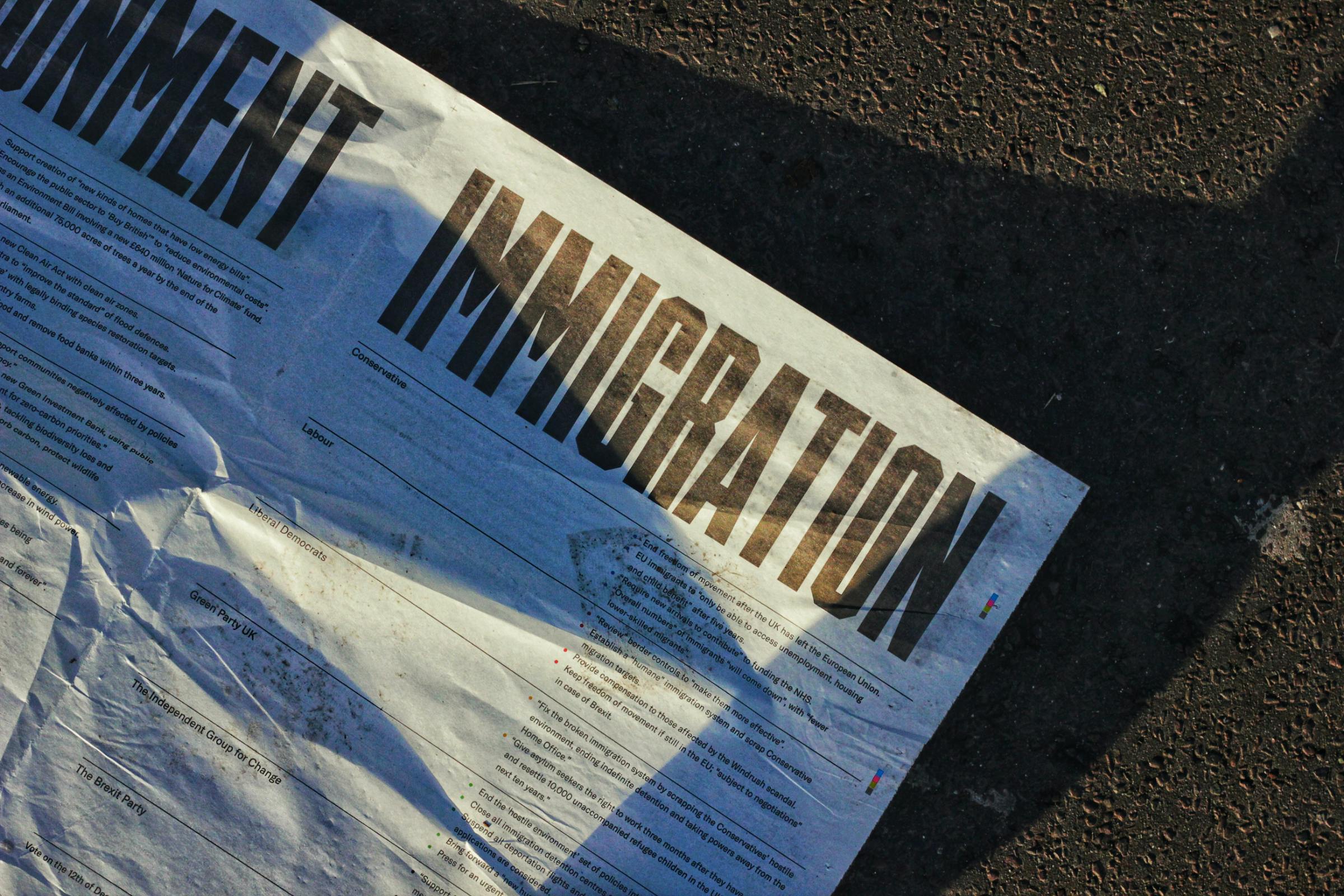The U.S. Department of Health and Human Services (HHS), in conjunction with the Centers for Disease Control and Prevention (CDC), issued a public health determination on April 1st, 2022 that will be highly significant for U.S. Mexico border policy as well as U.S. immigration. The HHS has decided to terminate the Order Suspending the Right to Introduce Certain Persons from Countries Where a Quarantinable Communicable Disease Exists, which was issued on August 2nd, 2021.
For those who are unfamiliar, this order, also known more commonly as Title 42, was meant for the suspension of the right to introduce non-citizens into the United States via a U.S. land or coastal border. The August order also stated that the CDC would reassess at least every 60 days whether the Order would remain necessary in terms of public health and the severity of the ongoing Covid-19 situation. When the world was introduced to the Omicron variant in the beginning of 2022, the CDC had no choice but to tighten its policies in regards to public health, safety, and as a result Title 42 remained in place during that assessment.
However, as of today, April 1st, the CDC has reassessed the controversial policy and has decided to terminate Title 42 on May 23rd. This will give the DHS adequate time to prepare for increased border crossings when the order has been fully rescinded. The CDC has decided that now is a good time to rescind the policy from a public health perspective because the U.S. has mostly recovered from the high wave of infections caused by Omicron, and also has more medicines and treatments available than ever before in the pandemic.
Possible Outcomes
The termination of this policy might at first appear to be an equitable one for those who have been stranded in Mexico, but there are also many spillover effects that are possible as the U.S. decides to rescind Title 42.
First off, the USCIS might see a huge increase in asylum cases on behalf of non-citizens who are processed into the United States, but then placed into removal proceedings. Secondly, this development could create stress on U.S. immigration services, and could also increase the processing backlog not simply for asylum applicants, but also for other non-citizens seeking immigration benefits with the USCIS given that there are significantly more immigrants than immigration officers to preside over cases.
Third, the Order could eventually be re-instated if the DHS and border officials are unable to accommodate migrants seeking entrance into the United States in an orderly and humane fashion.














